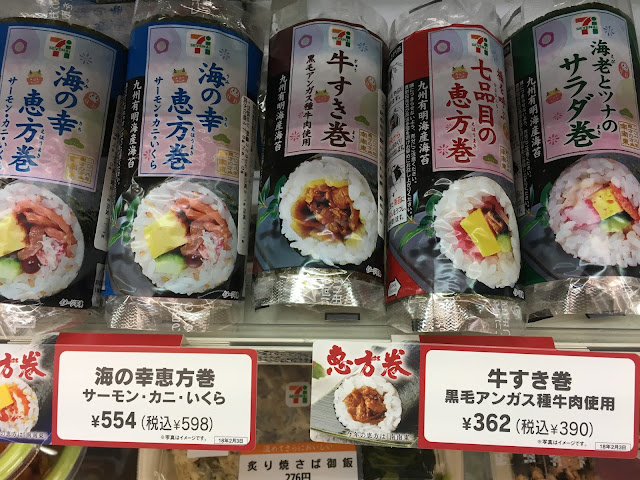Last week saw a night out with friends to one of the ubiquitous karaoke boxes which are generally clustered around train stations in Japan. This reflects the fact that they are a cheap (and warm) place to stay if you've missed your last train (most karaoke boxes close around the time of the first train). There are various chains but the biggest is Big Echo and like many other places this offers a variety of differently decorated rooms, food, percussion instruments, wi-fi, DVD recording, and even cosplay. We paid around \1500 (£10/$14) per person which included free non-alcoholic drinks from a self-service drinks bar and unlimited time, something of a bargain.
 When I first came to Japan, you had to leaf through thick books of songs and then enter the number directly into the machine, but now you simply search and enter a song or artist name (or just a keyword) into an ipad like device (pictured) and you're good to go. There's plenty of English songs too - tens of thousands of songs in fact. At the end of a song you get a kcal score which is apparently the amount of energy estimated to have been used (though for us this seemed totally random!). Japanese friends may ask you to sing your "Number 18" (juhachi-ban =十八番) meaning the song you sing best, so make sure you have one ready! The expression "Number 18" apparently has its roots in kabuki.
When I first came to Japan, you had to leaf through thick books of songs and then enter the number directly into the machine, but now you simply search and enter a song or artist name (or just a keyword) into an ipad like device (pictured) and you're good to go. There's plenty of English songs too - tens of thousands of songs in fact. At the end of a song you get a kcal score which is apparently the amount of energy estimated to have been used (though for us this seemed totally random!). Japanese friends may ask you to sing your "Number 18" (juhachi-ban =十八番) meaning the song you sing best, so make sure you have one ready! The expression "Number 18" apparently has its roots in kabuki. A unique and unforgettable feature of Japanese-style karaoke are the videos that play as you sing along. A few songs do have the official video playing but most of the time you will get some terribly corny C-movie-type video playing that (very very) loosely corresponds to the song theme. These videos more often that not seem to be set in the UK and feature "actors" who appear to be randomly recruited passers-by. The fact that there must be a whole cottage industry somewhere that creates plot lines and recruits "actors" for these videos is one of the ongoing mysteries of life in Japan. Nevertheless, the videos add to the whole karaoke experience, an experience which sees normally quiet, shy friends and colleagues transform into screaming frenzied rock 'n' roll stars (usually helped by a beer or three). Vive le rock!
A unique and unforgettable feature of Japanese-style karaoke are the videos that play as you sing along. A few songs do have the official video playing but most of the time you will get some terribly corny C-movie-type video playing that (very very) loosely corresponds to the song theme. These videos more often that not seem to be set in the UK and feature "actors" who appear to be randomly recruited passers-by. The fact that there must be a whole cottage industry somewhere that creates plot lines and recruits "actors" for these videos is one of the ongoing mysteries of life in Japan. Nevertheless, the videos add to the whole karaoke experience, an experience which sees normally quiet, shy friends and colleagues transform into screaming frenzied rock 'n' roll stars (usually helped by a beer or three). Vive le rock!
















